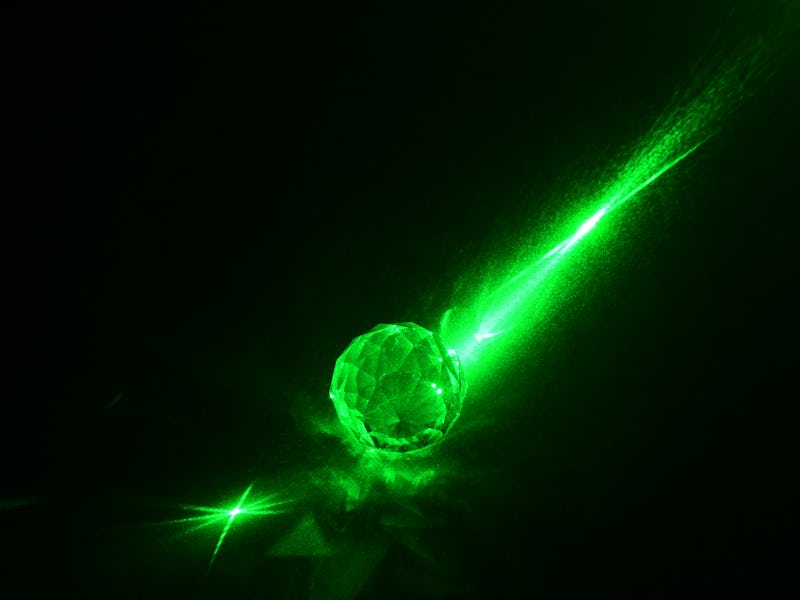Scientists Finally Confirm A Long-Held Belief About What Triggers Photosynthesis
A single photon is enough to catalyze photosynthesis in bacteria, according to a study published in Nature, which likely applies to plants as well.

Sunlight drives nearly all life on Earth, but much remains a mystery about the light-harvesting molecules on which biology depends in photosynthesis.
In a new study published online June 14 in the journal Nature, scientists confirm photosynthesis is sensitive to the smallest quantity of light possible — a single photon.
Solar Powered
Roughly 173,000 trillion watts of solar power shines on Earth continuously, which is equal to more than 41 million tons of TNT worth of energy exploding each second. However, the amount of energy that each light-harvesting chlorophyll molecule receives is very small — at most a few dozen usable photons per second at full sunlight, study co-senior author Graham Fleming, a physical chemist at the University of California Berkeley and Lawrence Berkeley National Laboratory, tells Inverse.
Based on the fact that photosynthesis has to do so much with so little, researchers had long assumed that all it took to trigger photosynthesis was a single photon. However, confirming this proved very challenging, as chlorophyll molecules are extraordinarily tiny — maybe a square nanometer in area — and the chemical reactions that help create useful molecules using sunlight are very complex.
Over the past 40 years, scientists have used extremely strong, ultra-fast laser pulses to probe the molecules employed in photosynthesis. However, it remained uncertain how well these experiments actually reflected what happened in nature — for example, a typical focused laser beam is a million times brighter than sunlight, explains study lead author Quanwei Li, a physical chemist at the University of California Berkeley and Lawrence Berkeley National Laboratory, in a press release.
Not quite to scale ...
How to Work Photon-by-Photon
The researchers analyzed the light-harvesting 2 (LH2) complex of the purple bacterium Rhodobacter sphaeroides. This is composed of a smaller ring that contain nine bacterial chlorophyll molecules and a larger ring made of 18 of these molecules.
To see these molecules absorb photons, scientists depended on a strange phenomenon known as entanglement. Essentially, two or more particles such as photons that get linked or "entangled" can theoretically influence each other no matter how far apart they are. Analyzing one entangled photon can therefore reveal what is happening with its partner.
The scientists generated entangled pairs of photons. They sent one photon from each pair directly to a highly sensitive detector. This "herald" photon helped confirm its partner was on its way to illuminate LH2. Absorbing this second photon led the photosynthetic complex to fluoresce, emitting a weak pulse of light that another detector helped sense.
By analyzing more than 17.7 billion herald photon detections and 1.6 million fluorescence detections, the researchers confirmed "a single photon is enough to initiate photosynthesis," Fleming says. Since all photosynthetic life on Earth use similar chemical reactions, the scientists are confident these findings in bacteria apply to photosynthesis in plants and algae.
"This is an important milestone," Gregory Scholes, chair of chemistry at Princeton University, who did not take part in this research, tells Inverse. These new findings suggest the information from laser experiments "does represent what happens under natural conditions," he notes.
Exploring the basic science of photosynthesis could help in vital applications that depend on it. For instance, photosynthetic life has to balance generating energy from sunlight with protecting itself from the damage that sunlight can inflict. "Optimizing this balance is a key idea to improve crop yields," Fleming says. "Understanding the pathways of energy flow is important to consider strategies to improve crop yields."
In addition, "understanding how nature balances efficiency and protection is also important to inspire the design of artificial energy systems — for example, artificial photosynthesis, solar cells, and so on," Li tells Inverse.
This article was originally published on